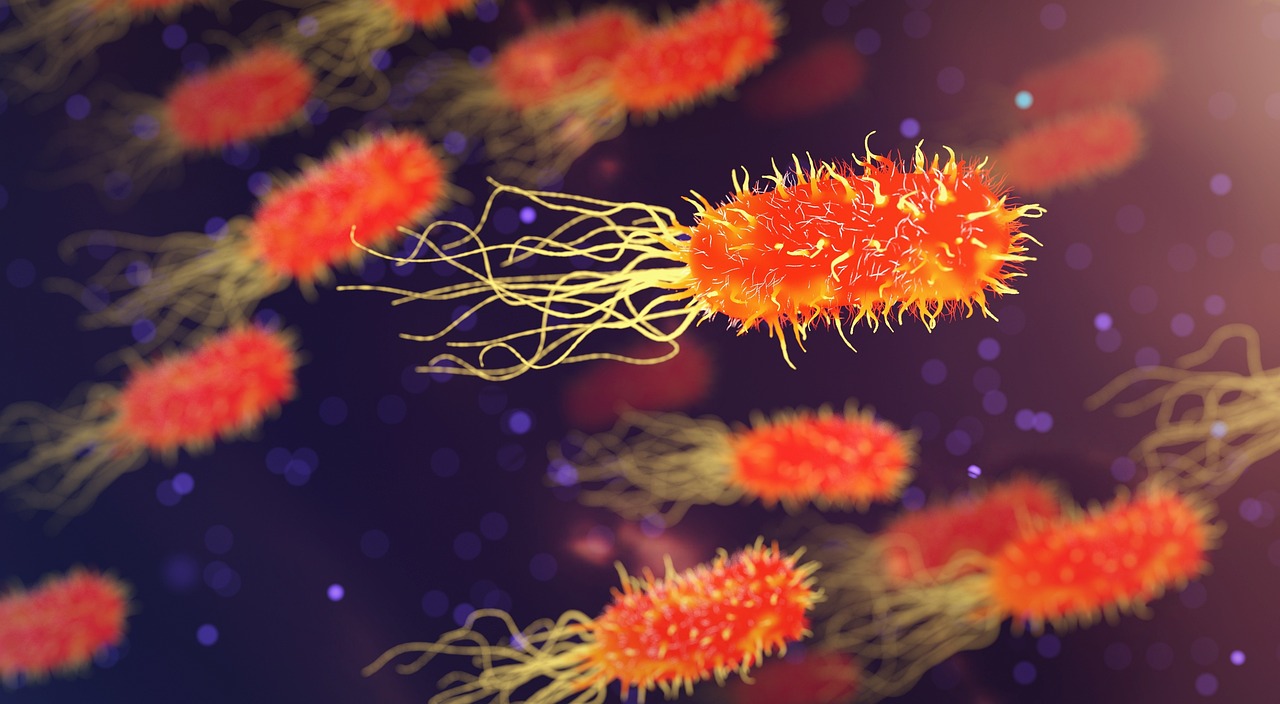There is an urgent need for novel approaches for combating resistant bacterial strains, as antibiotic resistance is connected to almost 5 million deaths worldwide each year.
Using generative artificial intelligence, researchers at Stanford Medicine and McMaster University are attempting to solve this issue. The structures and chemical formulas for six innovative medications intended to eradicate resistant strains of Acinetobacter baumannii, one of the main pathogens accountable for antibiotic resistance-related mortality, were generated by a revolutionary model called SyntheMol (for synthesising molecules).
The evidence of the research was published in the journal Nature Machine Intelligence.
There’s a huge public health need to develop new antibiotics quickly.
Our hypothesis was that there are a lot of potential molecules out there that could be effective drugs, but we haven’t made or tested them yet. That’s why we wanted to use AI to design entirely new molecules that have never been seen in nature.
James Zou, PhD
Before the invention of generative AI, a kind of AI technology that powers sophisticated language models like ChatGPT researchers had employed several computational strategies to produce antibiotics. They found the chemicals most likely to work against a particular infection by using algorithms to browse through the libraries of drugs already in use. This method, which went through 100 million known chemicals, produced findings, but it didn’t go far enough in identifying every chemical molecule that may be antibacterial.
Chemical space is gigantic.
People have estimated that there are close to 1060 possible drug-like molecules. So, 100 million is nowhere close to covering that entire space.
Kyle Swanson
The propensity of generative AI to “hallucinate,” or fabricate replies out of whole cloth, may prove advantageous in the drug discovery process. However, Swanson noted that prior attempts to create novel medications using this type of AI produced substances that were not feasible to produce in the real world. The goal of the guardrails the researchers set around SyntheMol’s operations was to guarantee that any compounds the model imagined could be produced in a laboratory.
We’ve approached this problem by trying to bridge that gap between computational work and wet lab validation.
Kyle Swanson
Using a set of proven chemical interactions and a library of over 130,000 molecular building blocks, the model was taught to design possible medications. The researchers were provided with a set of formulas to manufacture the medications since it not only produced the end chemical but also the methods involved in assembling those building blocks.
Additionally, the model was trained using data that was already available on the antibacterial efficacy of several drugs against A. baumannii. In less than nine hours, SyntheMol produced around 25,000 potential antibiotics and the recipes to construct them using these criteria and its beginning set of building blocks. Researchers then filtered the created compounds to just those that were different from preexisting compounds to stop the bacteria from rapidly becoming resistant to the new ones.
Now we have not just entirely new molecules but also explicit instructions for how to make those molecules.
James Zou
Also Read| Research: Metabolism in human cells can be slowed down by introduced tardigrade proteins
The scientists collaborated with the Ukrainian chemical company Enamine to synthesise the 70 chemicals that had the most potential to eradicate the bacteria. Six of these chemicals, which the business successfully produced in large quantities, were shown to be able to eradicate a resistant strain of A. baumannii in laboratory testing. These novel substances demonstrated antibacterial efficacy against MRSA, E. Coli, and other pathogenic bacteria that are susceptible to antibiotic resistance.
Since the other four compounds could not dissolve in water, the scientists could evaluate the toxicity of two of the six compounds in mice. The medications will next be evaluated in mice infected with A. baumannii to determine if they function in a living body, according to Zou. The two they examined appeared safe.
The six substances differ greatly from one another and the current class of antibiotics. Although the molecular mechanisms behind their antibacterial qualities are unknown to the researchers, a thorough investigation of those aspects may reveal broad insights that might inform the creation of new antibiotics.
This AI is really designing and teaching us about this entirely new part of the chemical space that humans just haven’t explored before.
James Zou
Additionally, Zou and Swanson are improving SyntheMol and expanding its use. In addition to developing novel fluorescent compounds for the lab study, they are working with other research organisations to apply the model for medication development related to heart disease.
Source: Standford Medicine News Center
Journal Reference: Swanson, Kyle, et al. “Generative AI for Designing and Validating Easily Synthesizable and Structurally Novel Antibiotics.” Nature Machine Intelligence, vol. 6, no. 3, 2024, pp. 338-353, https://doi.org/10.1038/s42256-024-00809-7.






